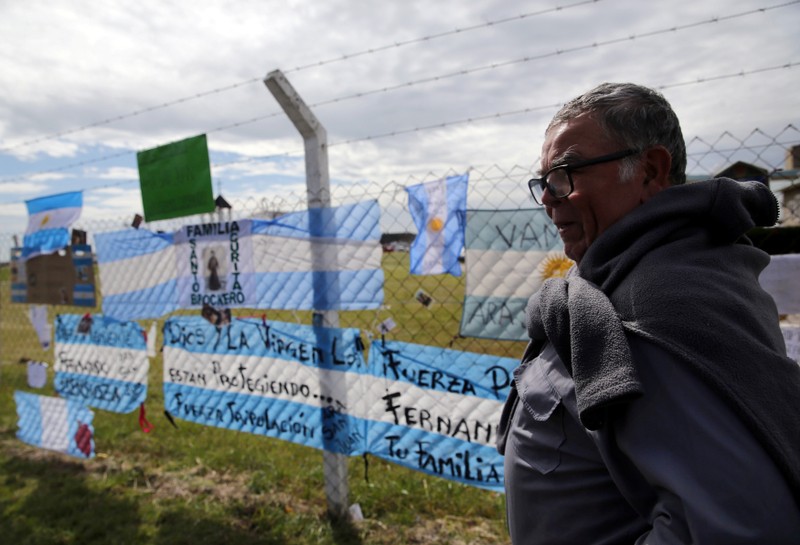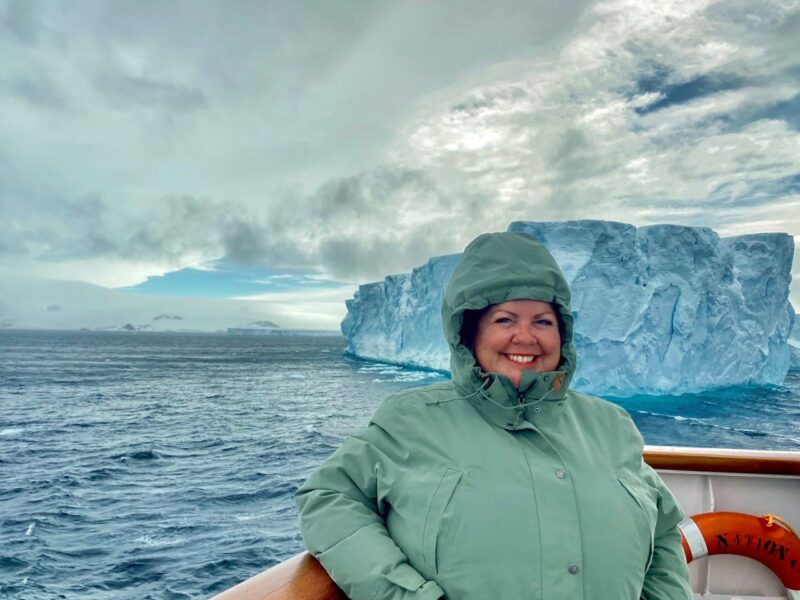The search for an Argentine navy submarine missing in the South Atlantic for one week reached a “critical phase” on Wednesday as the 44 crew members on board could be running low on oxygen, an Argentine navy spokesman said.
Favorable weather on Wednesday meant boats could cover a greater area after being hampered by strong winds and high waves over the past few days, though poor weather was expected to return on Thursday, a navy spokesman named Enrique Balbi said.
If the San Juan, a German-built submarine, had sunk or was otherwise unable to rise to the surface since it gave its location on November 15, it would be using up the last of its seven-day oxygen supply. Officials say the sub could be stranded as deep as 600 feet.
“We are in the critical phase … particularly with respect to oxygen,” Balbi told reporters, according to Reuters. “There has been no contact with anything that could be the San Juan submarine.”
While the sub’s crew has enough food, oxygen, and fuel to survive 90 days on the surface, Argentina’s navy has said there’s only enough oxygen to survive seven days while submerged. Other experts said that if the sub sank but remained intact, its oxygen could last seven to 10 days, but that amount would depend on when the sub last surfaced to recharge its batteries and other factors.
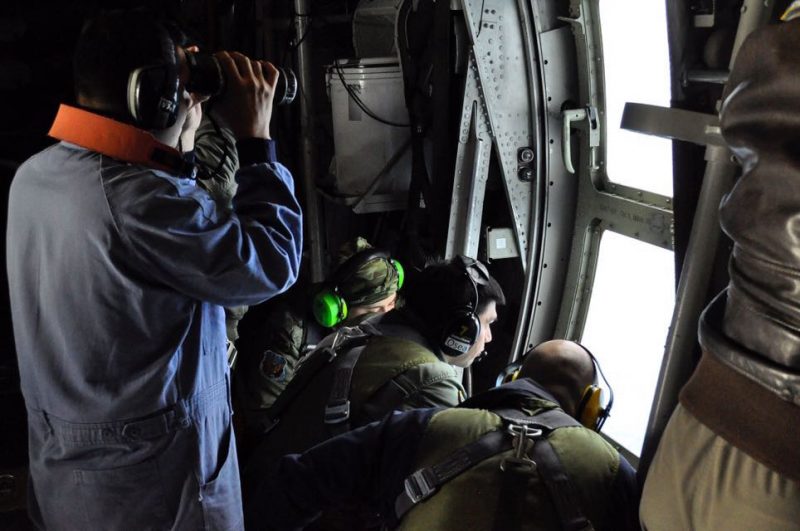
About 30 boats and planes and 4,000 people from Argentina, the US, the UK, Chile, and Brazil have joined the search for the submarine, which last transmitted its location about 300 miles from the coast.
Balbi said the search effort had been narrowed to a 12-mile-by-12-mile area. Planes have covered some 190,000 square miles of the ocean surface, but much of the area has not yet been scoured by the boats.
Several possible signals, including sounds and flares, that have been detected have turned out to be false alarms. Seven low-frequency satellite signals picked up on Saturday were also found to have not come from the sub. Argentina's navy said on Tuesday that white flares and an empty raft that had been spotted did not come from the San Juan.
Overnight on Tuesday, a British ship reported observing three orange and white flares, but they did not come from the vessel, Balbi said.
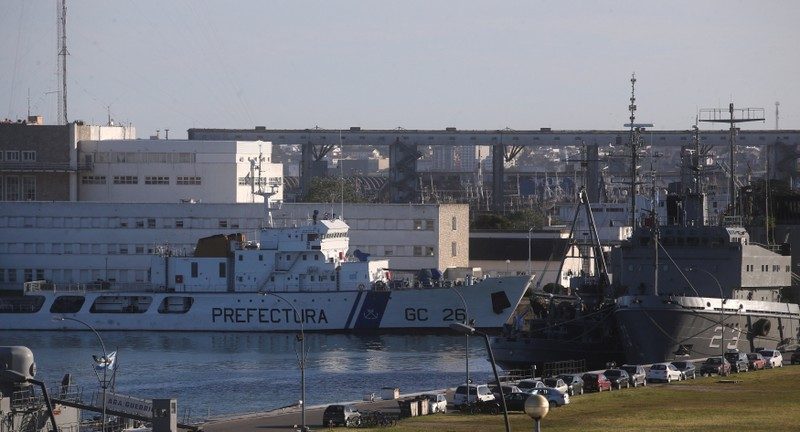
The San Juan was en route from the Argentine port in Ushuaia, the southernmost city in the world, to the coastal city of Mar del Plata, some 250 miles south of Buenos Aires. Argentina navy Cmdr. Gabriel Galeazzi said the sub surfaced to report the problem - which he described as a "short circuit" in its batteries - on the morning of November 15.
The sub was immediately ordered to return to port, according to the BBC. Balbi said the San Juan's captain contacted the naval base again, saying the problem had been adequately fixed and that the sub would submerge and head to the Mar del Plata naval base.
The last contact was made at 7:30 a.m. local time. Argentine subs are required to contact their bases twice a day during peacetime. The search began after it failed to report.
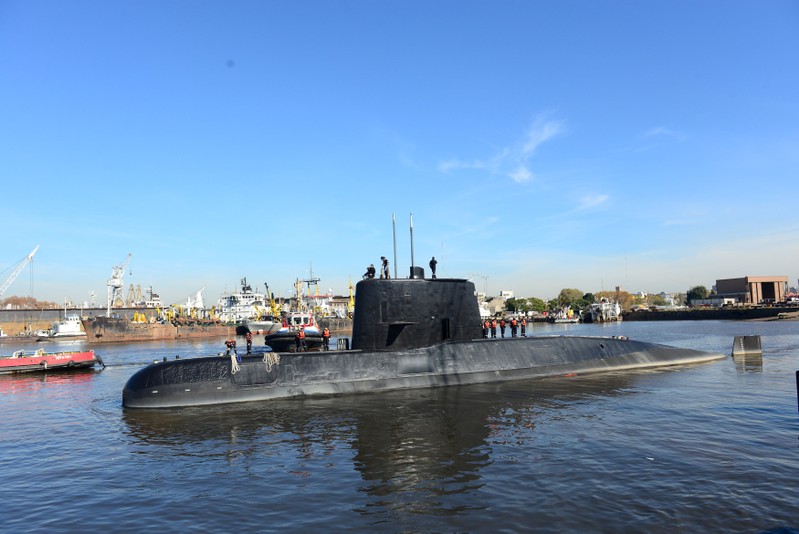
The San Juan, a TR-1700-class diesel-electric submarine, was built in Germany in 1983 for Argentina and commissioned in 1985. It underwent maintenance in Argentina in 2008 and a $12 million refit in 2014, which required cutting the sub in half to replace its engines and batteries.
Such refits can be difficult because they involve integrating systems built by different manufacturers, according to Rockford Weitz, the director of the Fletcher School's maritime-studies program at Tufts University.
"The cost of even the smallest mistake during this cutting phase of the operation is enormous - threatening the life and safety of the ship's crew," Weitz told The Associated Press.
What makes the San Juan so effective as a submarine may also be foiling efforts to find it. The stealthy vessel is very quiet underwater and produces few detectable emissions, especially if some of its systems are disabled. An anti-submarine-warfare expert and former US Navy submariner told The Aviationist that locating the boat would be "like trying to find a hole in the water."

The weather has also hindered search efforts. Waves more than 20 feet high have made it harder for surface vessels and planes to spot anything on the ocean's surface. Rough conditions would also make it difficult for the sub to take in new air if it's still on the surface.
The US Navy has sent two P-8A Poseidon planes, the service's most advanced anti-submarine surveillance aircraft, as well as several unmanned underwater vehicles capable of scanning broad swaths of the seafloor (though the seafloor itself may make it hard to find the sub if it's there). A NASA research aircraft flew over the area but didn't spot anything.
US submarine-rescue assets - including the Submarine Rescue Chamber that can rescue six people at a time while reaching depths of 850 feet - have also been redeployed to the area by the US Air Force. The San Juan has a hatch that can couple with a US rescue ship.
The UK's elite Submarine Parachute Assistance Group - made up of specially trained medics, engineers, and undersea escape specialists - has also reportedly joined the search. (Argentina bought the sub in response to its defeat by the UK in the 1982 Falklands War, and Britain joining the search is seen by some as a positive step in their relations.)
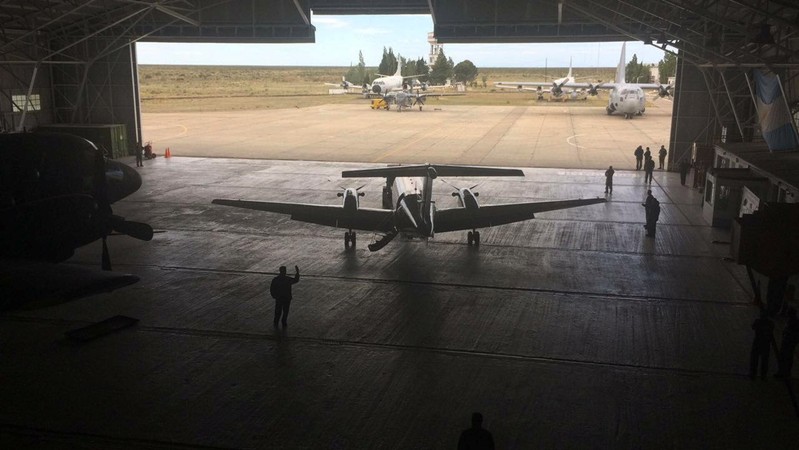
Relatives of the crew members have been gathered at the Mar del Plata base, where the search is being coordinated. Argentine authorities and some crew members' families have tried to remain optimistic as the search has dragged on.
But the families of the crew, which includes Argentina's first woman submarine officer, have grown increasingly distressed as experts say the sub's oxygen supply may be dwindling.
"We came today because we had hope that they had returned," Elena Alfaro, the sister of a crew member and radar expert named Cristian Ibanez, told Reuters on Wednesday in tears. "It is incomprehensible that so much time has passed. We are in pain."
(Reporting for Reuters by Walter Bianchi and Nicolas Misculin; additional reporting by Juliana Castilla; writing by Luc Cohen; editing by Frances Kerry)

